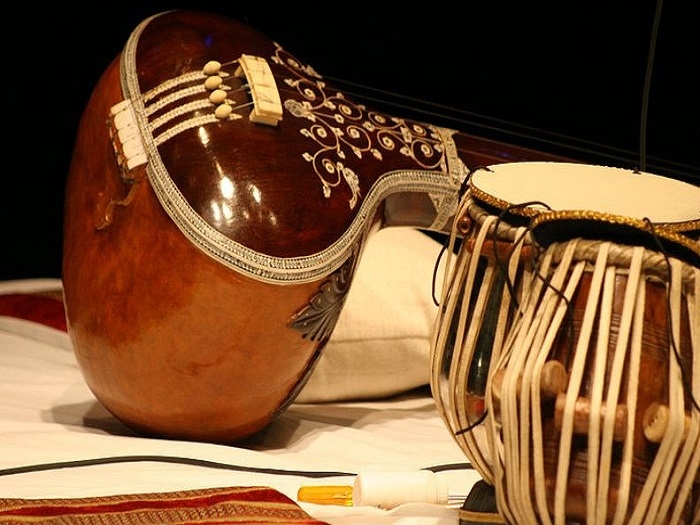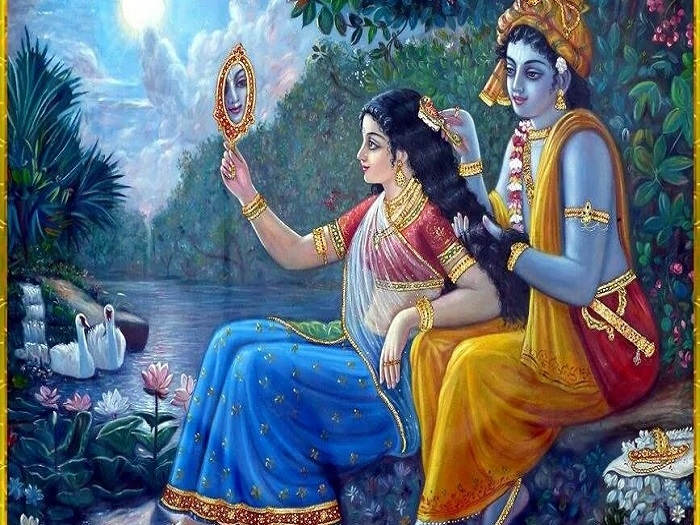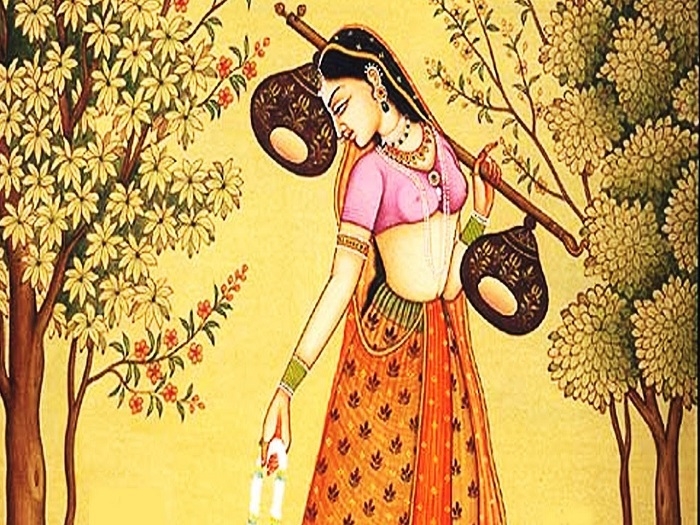The Nature of Pleasure in Art

Art needs two to complete and realize it, the creator of the art and the connoisseur. The nature of pleasure in the two parties is not identical but can have many commonalities. Here the nature of pleasure in the connoisseur is discussed in the particular context of Indian Classical Music.
The ancient view of the art in the Indian culture is held to be a means to pray for, act and work for, to reach the ultimate reality in one’s own mind, intellect and to help create it. Music probably is the most versatile and prolific form of art easily available to the listener. It does create pleasure which is supposedly of different levels, not all levels are equally attainable nor are of equivalent value.
For music to reach such levels, high or highest degree also is held to be coming from the art or music, particularly the Indian Classical Music if it is based on the attitude of devotion to the almighty or the ultimate reality. In Indian context, music where the god is directly the one object that the base of words of devotion describes for the music to play itself on is one of the two forms which supposedly may lead to the Ultimate Reality.
The second form in Indian Music comes from words used to describe the love between two humans. Either one or both of them could have been elevated in the minds of godhood or, as is more general, one of them certainly is. The words in this case may talk of love. This love may have faint or gaudy traces of its being carnal. But in the minds of Indians they are still, an expression of the devotion and not the physical, carnal love. The god of love transcending to devotion of course is Lord Krishna with Radha as his consort. This Krishna is deeply ingrained in the minds of Indians as the symbolic representation of the eternal, unnameable and indescribable, without attributes, without an end or the beginning in connection with the visible world, the Godhead, the Ultimate Reality or the PURUSHA the male principle, represented by Krishna.
Radha symbolizes the PRAKRITI, the nature or MAYA, the illusory world, the female element which gets created with the first perturbation of the PURUSHA, with the inevitable creation of the world that follows. She is the one dancing with the manifest world for the PURUSHA. This duality of Prakriti and Purusha is the ultimate reality in the Sankhya Philosophy. As a rule people cannot live, cannot enjoy, have pleasure, have all their good, bad and ugly emotions to express unless they are in the duality. Without duality there is no consciousness of oneself. Monism or advaita is a far barer, cheerless matter. Realizing it is like a singularity for the world at individual level. Hence the songs of love between Krishna and Radha become the songs of god hence of devotion.
Could the sense of pleasure or the bliss people get when they are involved in the acts of devotion be described in more concrete terms? Could we lay out the spectrum of these emotions to understand it better? The remaining of this article will attempt that. This description is based on one of the essay one Mr K D Dikshit, one time All India Radio Director wrote in his volume names ‘Attar Sugandh’ many decades ago. K D was a connoisseur of Indian Classical Music. Many of the essays he wrote in two of his celebrated books relate to the pleasure, great joy and a sense of tremendous happiness listening to the maestros of the North Indian Classical Music as well as a few instrumentalists, in twenties to sixties of the last century. Till late in his career the greatness of the music he heard lay in the quality and purity of the swaras or the notes, the quality of the voice, command over the way the Ragas were presented, the intrinsic discipline of the Khayal Gayaki, the form or the discernible image of the swar and the raga created by the singer, the range and command over the three octaves and the ability to move from one to another, the ability to present different ornamental ways in which the swaras were grouped and presented described in the Indian Musical Dictionary in may be twenty different ways, the depth of the understanding of the singer about the Indian Music and so on. Cumulatively what state he and others reached were that of great, great pleasure. Pleasure, that was not describable in or attributable to words with shades of meaning, for posterity to understand. It was pure unadulterated sensation – pleasure.

The first of the emotion KD describes while listening to music is that of tranquillity – a sense of profound stillness of all emotions and thoughts, body and soul. A sensation, many will agree as cannot be reached so easily nor frequently in the day to day life. Same is the case of the other emotions or mental sates that he describes.
The second state is that of oblivion of the surroundings and oblivion of oneself, one’s thoughts. This also is a profound state. The third state he describes is that of pure unblemished ecstasy. Ecstasy is not exactly like bliss. It would be somewhat arbitrary and probably uncalled for to explain the difference between the two. Contemplating over these two terms each one may reach different connotative meaning and understanding of them. The fourth state KD describes is of manifesting something that is sacred, full of Mangalya, a word that I at least cannot translate in English. An atmosphere all permeated by a sense of everything being Mangalmay, spreading all over. And the last state he describes is as if, there is an all pervading sense of having come face to face with Ultimate Reality or the Godhead.

